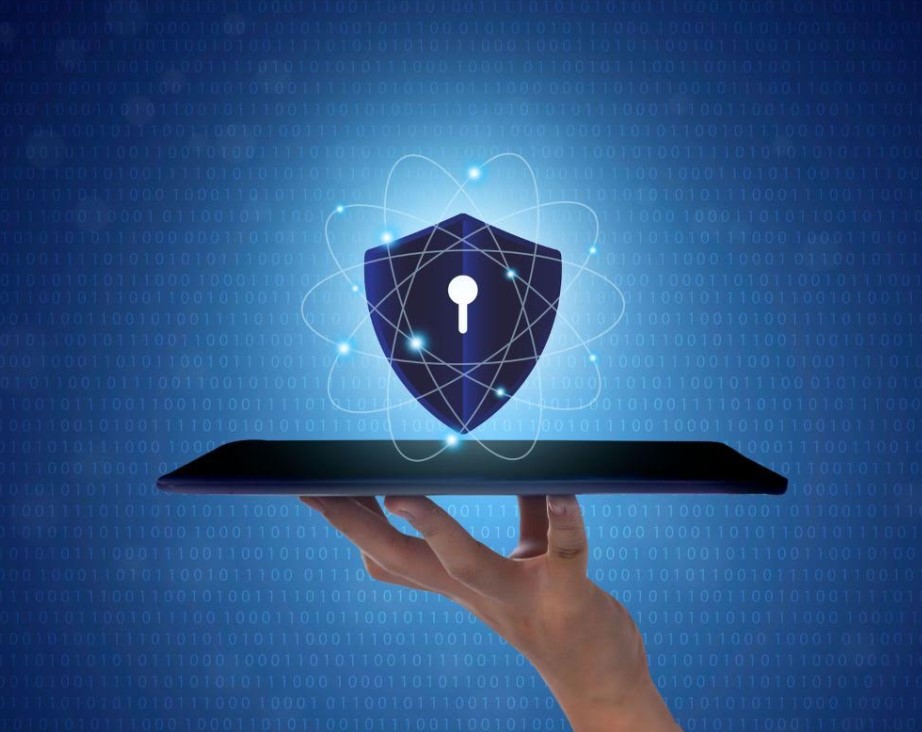
The way we work has been irrevocably changed by advancements in technology. These changes are a complete paradigm shift that demand our full attention and understanding. Remote working has led to the need for secure and efficient connectivity. Indeed, this has never been greater.
The Rise of Remote Work
Over the past ten years or so, the concept of a traditional office has changed. The cubicles and conference rooms have transformed into home offices and virtual meeting spaces. This transition was not simply a matter of convenience, but a necessity driven by the increasing demand for flexibility and efficiency in our fast-paced world.
Digital Transformation – A Catalyst for Remote Work
The integration of digital technology into all aspects of an enterprise has been a major driver of transitioning to remote work. Large corporations are not the only ones feeling the effect of this as small and medium enterprises are as well. This process, however, requires a level of connectivity that goes beyond just accessing emails or data. It requires secure, reliable, and fast connectivity that can support various tools and platforms integral to a company’s operations.
The Power of Collaborative Tools
In the remote work setup, collaborative tools serve as the lifeline. They allow for seamless communication, easy sharing of ideas, and efficient teamwork, no matter where the team members may be located. However, these tools also need secure remote connectivity to function effectively. Without proper security measures, these platforms can become points of vulnerability.
Understanding the Challenges
Despite the undeniable benefits, remote work comes with its unique set of challenges. The primary among these is establishing secure connectivity. With sensitive corporate information being accessed from various locations and devices, ensuring security is of paramount importance.
Secure Connectivity – A Cornerstone of Remote Work
Security in remote connectivity cannot be compromised. To guarantee this, we need to create a secure network environment that can handle the traffic of countless users while preventing potential security breaches. This is where the concept of Zero Trust Network Access, or ZTNA, comes into play.
ZTNA is a security framework that advocates ‘never trust, always verify.’ The experts at Hillstone Networks tell us that to ensure optimal security, every user, device, and network flow must be verified before being granted access. The beauty of ZTNA is that it doesn’t just focus on external threats but also keeps an eye on potential threats that can originate from within the network.
To empower the modern workforce, we need to embrace these changes. We need to foster a culture where secure remote connectivity is not seen as a hindrance but a tool to facilitate efficient and flexible work environments.
Balancing Accessibility with Security
One of the biggest challenges of secure remote connectivity is balancing accessibility with security. You want your workforce to be able to easily access the tools and data they need, but on the other hand you also want to ensure that this access does not open up your systems to potential threats. Achieving this balance requires not just technical solutions like ZTNA but also policies and education on cyber hygiene among employees.
Conclusion
The road towards empowering the modern workforce is not without its challenges. However, with a solid understanding of secure remote connectivity and a commitment to implementing robust measures such as ZTNA, we can navigate this path with confidence.
So, let us move forward and try to adapt and transform. After all, empowering the modern workforce means embracing secure remote connectivity – and with it, a more flexible, efficient, and most importantly, a secure future.

